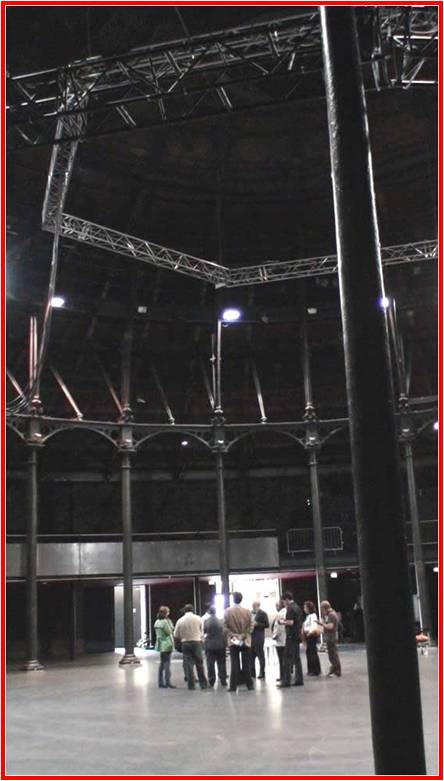
A concern that always has accompanied to me has been to conciliate the contemporary art with the amateur activity. At the present time on the one hand we see the work of professional artists who offer new readings of the world that we live in, and on the other, an amateur practise who mainly repeats archaic models and stereotypes. In the theater this practise is more than evident and the activity amateur remains in mere comedy; poorly interpreted in an attempt to emulate the recognized stars.
It makes little sense to consider the amateur or “community” artistic activity if the results do not offer anything new, if only offer cheap entertainment for families and friends; the justification of the “social cohesion” is not maintained by itself. NorI am happy to say that in “community practice” what matters is the process and not the result since if the process is good, the result should be also good.

My impression is that there is that we must change the culture of the amateur practice adapting it to the new times and that we must demand an artistic ambition which in the majority of the cases it is lacked. Putting in the centre quality, contemporary and professionalism does not have to be contradictory with the work of people who feel the performing arts away from their habitual activity or as a vehicle to connect with the reality of the people of around them.
I explain this because a couple of weeks ago I had the opportunity to see the work of the Dutch theater group “Rotterdams Wijktheater – RWT” (the translation is more or less “Community Theater of Rotterdam”). This group of theater is a good example of the effective way that is possible to work with people of the district and talk about the reality around them. In fact it is a professional group that makes all its productions with amateur people. During a period of time they carry out a work of dramaturgy and interpretation with the people of the district, so that in the end it leaves a spectacle interpreted by the own neighbors who speak of the everyday reality of themselves.

The performance I could see in Rotterdam titled “Kaap Goede Hoop” (Cape of Good Hope) made a route by a degraded district of the city where their inhabitants explained their experiences, memories and relationships. During four hours and in different spaces of the district, the neighbors relived their past and they faced the multi-ethnic and intergenerational present with total determination to overcome the differences that separate them.
The most interesting was that the players faced their characters quite naturally without wanting to express anything beyond what they are. It were used expressive resources that each of them owns without wanting to obtain results of its natural deficiencies. In addition, the action was adapted to the spaces and not the other way around (neighboring houses, bars, gyms, playgrounds, etc.) and, so that the story was perfectly coherent with the environment.

In short, betting on a participatory theater as well as being absolutely necessary to expand the artistic activity in our society, should be done rigorously, based on quality, using natural scenic resources of the people and talk about the depth reality of these people and their communities.

